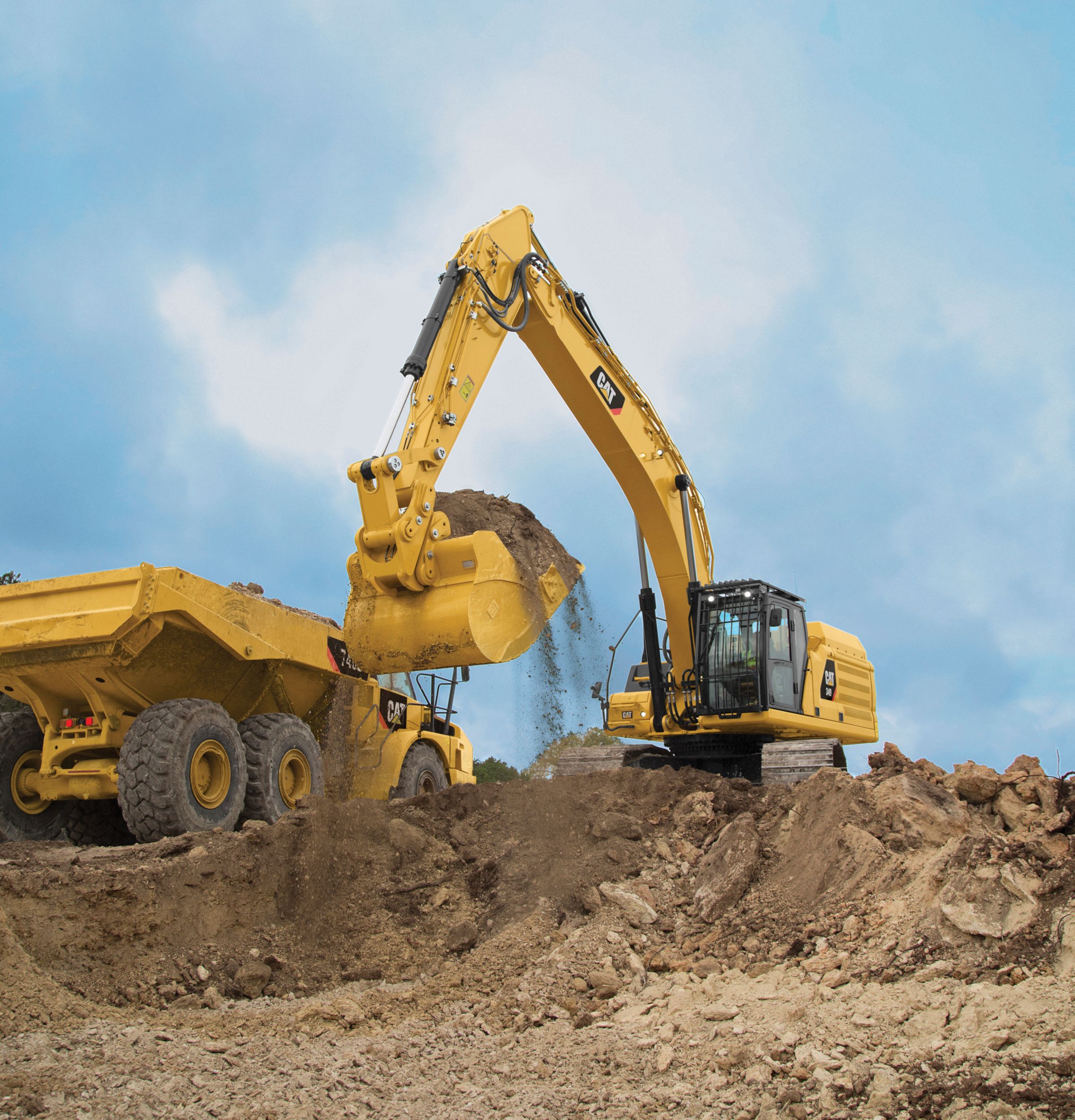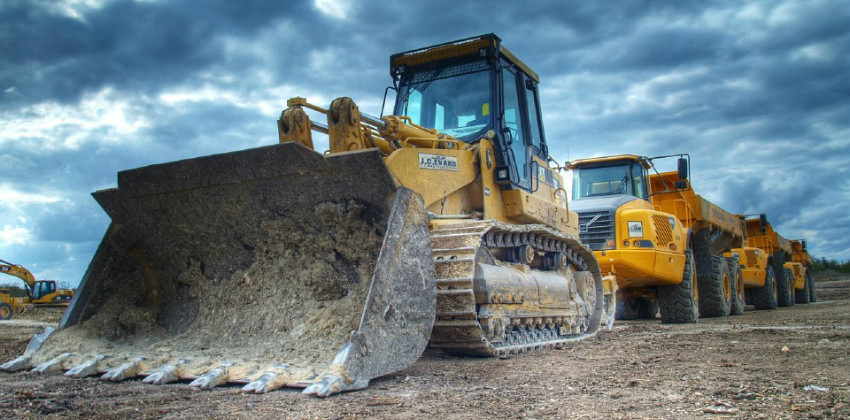Leasing Vs. Acquiring Building Equipment: Making the Right Choice for Your Task
When starting a building and construction project, among the important choices that forecast stakeholders and managers face is whether to lease or acquire construction tools. Both alternatives have their downsides and benefits, making the option an essential one in the project preparation process. The decision hinges on various factors such as price considerations, task period, equipment maintenance, risk, scalability, and versatility management. Each component plays a vital function in identifying one of the most ideal path for the project's tools requirements. heavy equipment rental. Let's discover these variables additionally to comprehend just how they impact the decision-making process and inevitably the success of the project.
Price Considerations
Renting devices frequently needs reduced preliminary settlements contrasted to purchasing, making it an appealing option for temporary jobs or service providers with budget restrictions. In the long run, continuously renting out equipment can collect higher costs than purchasing, specifically for extensive projects.
On the various other hand, purchasing construction devices includes higher in advance expenses but can result in lasting cost savings, specifically for long-lasting tasks or regular users. Having tools offers flexibility, comfort, and the capacity for resale value once the project is finished. In addition, possessing devices enables customization and experience with certain equipment, possibly boosting effectiveness and productivity on-site. Inevitably, the choice between acquiring and renting construction equipment pivots on the task's period, frequency of use, spending plan considerations, and lasting economic objectives.
Job Duration

Conversely, for lasting jobs or continuous construction work, getting equipment might be the a lot more economical option. Purchasing equipment can cause set you back savings in the lengthy run, specifically if the equipment will be frequently made use of. Moreover, owning tools gives a sense of control over its accessibility and permits customization to fit certain job needs.

Tools Maintenance
Given the essential function project duration plays in figuring out the most economical approach between renting and buying building and construction equipment, the emphasis now changes in the direction of examining the crucial element of equipment maintenance. Proper upkeep is essential for making certain the optimum performance and longevity of construction devices. Renting tools often comes with the benefit of having properly maintained machinery supplied by the rental company. This can relieve the burden of maintenance jobs from the project owner or professional, saving effort and time. On the other hand, possessing equipment requires a positive strategy to upkeep to avoid breakdowns, ensure safety and security, and expand the devices's life-span. Regular inspections, maintenance, and prompt repair services are needed to maintain owned and operated tools in top working condition. Aspect in upkeep costs when choosing in between buying and leasing, as ignoring maintenance can cause expensive repair work, downtime, and check these guys out task delays. Eventually, a well-maintained building devices fleet, whether leased or had, is necessary for the successful and effective completion of building and construction jobs.
Flexibility and Scalability
In the world of construction devices management, the element of versatility and scalability holds significant significance for job effectiveness and resource use. Deciding to lease building and construction equipment provides a high level of flexibility as it permits for the fast modification of tools types and amounts based on the developing requirements of a project.
Moreover, scalability, another critical variable, is inherently connected to versatility. Leasing construction equipment supplies the benefit of easily scaling procedures up or down as task needs rise and fall. Specialists can rapidly exchange or add equipment to match the job's altering needs without the restrictions of owning properties that may end up being underutilized or out-of-date. This capability to scale resources efficiently can result in cost savings and boosted job timelines, making renting a favorable choice for tasks requiring flexibility and receptive source allotment.
Threat Monitoring
Efficient danger monitoring in construction tools operations is vital to making sure job success and mitigating prospective monetary losses. Building projects inherently involve numerous risks, such as equipment malfunctions, mishaps, and job hold-ups, which can significantly affect the task asphalt machines timeline and budget plan. By carefully thinking about the threats connected with owning or leasing building devices, task supervisors can make educated decisions to decrease these prospective risks.
Renting building and construction devices can supply a level of danger mitigation by transferring the responsibility of repair and maintenance to the rental firm. This can decrease the monetary burden on the task proprietor in instance of unexpected equipment failings (heavy equipment rental). Furthermore, leasing supplies the flexibility to gain access to customized equipment for certain job phases, minimizing the threat of possessing underutilized equipment
On the other hand, owning building devices provides a feeling of control over its use and upkeep. Nevertheless, this additionally suggests birthing the complete responsibility for repairs, upkeep expenses, and depreciation, increasing the economic dangers connected with devices possession. Cautious threat assessment and consideration of aspects such as job duration, devices application, and maintenance needs are essential in establishing the most appropriate choice for effective threat monitoring in building and construction tasks.
Final Thought
To conclude, when making a machinery transport near me decision in between renting and purchasing building equipment, it is very important to think about expense, job duration, tools maintenance, threat, flexibility, and scalability monitoring. Each element plays a vital role in establishing the most suitable alternative for the job handy. By meticulously reviewing these facets, task managers can make an enlightened choice that aligns with their budget plan, timeline, and overall project objectives.
